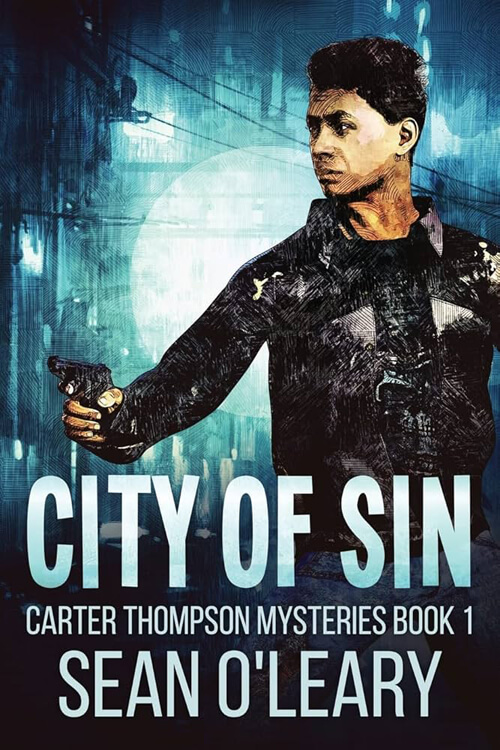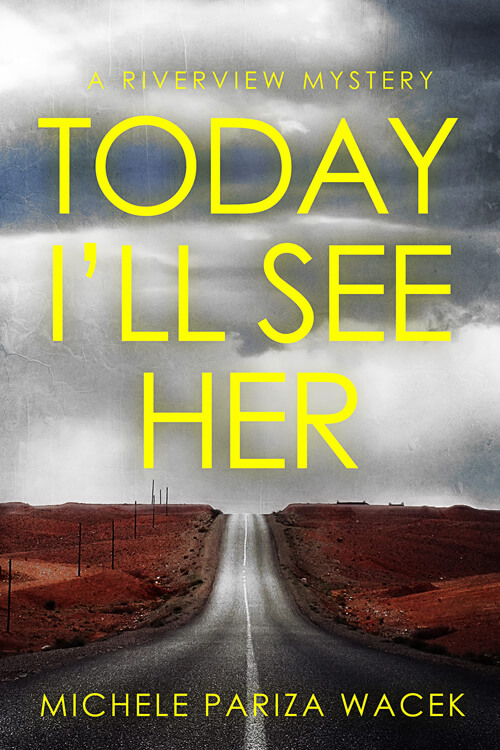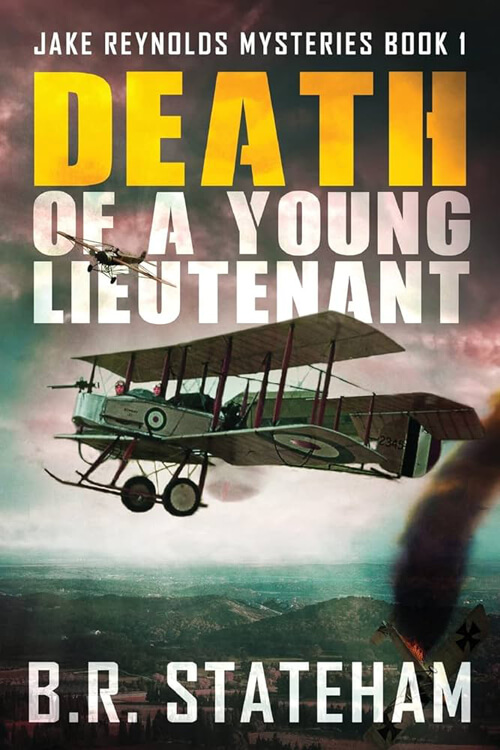
The Eye of Osiris
The school of St. Margaret’s Hospital was fortunate in its lecturer on Medical Jurisprudence, or Forensic Medicine, as it is sometimes described. At some schools, the lecturer on this subject is appointed apparently because he lacks the qualifications to lecture on any other. But with us, it was very different: John Thorndyke was not only an enthusiast, a man of profound learning and excellent reputation, but he was an exceptional teacher, lively and fascinating in style and of endless resources. Every remarkable case that had ever been reported he appeared to have at his fingers’ ends; every fact—chemical, physical, biological, or even historical—that could in any way be twisted into a medico-legal significance was pressed into his service. His varied and curious experiences seemed as inexhaustible as the widow’s curse. One of his favourite devices for giving life and interest to a relatively dry subject was analyzing and commenting upon contemporary cases as reported in the papers (always, of course, with due regard to the legal and social proprieties). It was in this way that I first became introduced to the astonishing series of events destined to influence my own life so significantly.
The lecture that had just been concluded dealt with the rather unsatisfactory subject of survivorship. Most of the students had left the theatre. The remainder had gathered round the lecturer’s table to listen to the informal comments that Dr Thorndyke was wont to deliver on these occasions in an easy, conversational manner. He leant against the edge of the table and addressed his remarks to a stick of blackboard chalk that he held in his fingers.
“The problem of survivorship,” he said in reply to a question from one of the students, “ordinarily occurs in cases where the bodies of the parties are producible or where, at any rate, the occurrence of death and its approximate time are known. But an analogous difficulty may arise in a case where the body of one of the parties is not forthcoming, and the fact of death may have to be assumed on collateral evidence.
“Here, of course, the vital question to be settled is, what is the latest instant at which it is certain that this person was alive? And the settlement of that question may turn on some circumstance of the most trivial and insignificant kind. There is a case in this morning’s paper which illustrates this. A gentleman has disappeared rather mysteriously. He was last seen by the servant of a relative at whose house he had called. Now, if this gentleman should never reappear, dead or alive, the question as to what was the latest moment at which he was certainly alive will turn upon the further question: ‘Was he or was he not wearing a particular article of jewellery when he called at the relative’s house?'”
Read or download Book
R. Austin Freeman
Richard Austin Freeman was born and brought up in London.
Biography.
He was the youngest of five children born to Richard Freeman, a tailor, and his wife, Ann, a dressmaker. Freeman trained as an apothecary and then studied medicine at Middlesex Hospital. He qualified in 1886 and soon married Annie Elizabeth, with whom he had two children. 1887, Freeman entered the Colonial Service and was posted to the Gold Coast Colony in Accra. He was the surgeon and navigator for an expedition to Ashanti and Bontuku in 1889 and described his experiences in Travels and Life in Ashanti and Jaman (1898.) Much of his knowledge of tropical diseases was acquired then, and he used this to his advantage in his writing. Unfortunately, his experience of tropical illness became too personal when he contracted blackwater fever, the results of which would affect him for much of his life. In 1891, he was invalided back to London.
Freeman could not find a permanent medical position and was forced to work as a locum, filling in for other, more fortunate doctors. It was through one of these jobs that he met the medical officer at Holloway prison, John Pitcairn, and collaborated with him on a series of six short stories, The Adventures of Romney Pringle, first published in Cassells Magazine in 1902, under the pseudonym Clifford Ashdown. Another six stories, The Further Adventures of Romney Pringle, were published in Cassells Magazine in 1903. These two stories were first published in book form in the early 1970s. Romney Pringle styles himself as a literary agent, but he is, in fact, a con man who lives by non-violent crime, usually fraud. His victims are generally, but not always, criminals. As a sign of things to come, Pringle is a knowledgeable chemist and gemologist (expert in gems and crystals). However, his forensic skills are not as well developed as Freeman’s incredible creation, Dr Thorndyke.
The Romney Pringle stories are based on the same idea as the earlier Raffles stories by E.W. Hornung: that the public likes to read about a charming rogue who gets away with his crimes. Some years later, Leslie Charteris’ creation, the Saint, exploited this hero style to even more effect. Although in most of Freeman’s later books, his central protagonist was a supporter of law and order, he always made it clear that, in his opinion, law and justice were not always the same thing. He enjoyed occasional excursions into telling the story from the villain’s viewpoint, as in The Exploits of Danby Croker (1916.)
From 1904 to 1905, Freeman and Pitcairn, again writing as Clifford Ashdown published a series of stories in Cassells Magazine under the title From a Surgeon’s Diary, which all catalogue unusual and highly suspicious deaths. (From a Surgeon’s Diary was first published as a book in 1977.) Around 1905-1906, Freeman and Pitcairn wrote a full-length adventure novel, The Queen’s Treasure, which had an old-fashioned hunt for lost treasure at the heart of its plot and featured the romantic device of two men in love with the same girl. This novel was unpublished and lay forgotten in the Pitcairn family archives until it was discovered and published in 1975.
This ended the collaboration between Freeman and Pitcairn. 1906, Freeman wrote and published The Golden Pool: A Story of a Forgotten Mine under his name. This tells the story of a young Englishman who stole an African ritual treasure and the misadventures and dangers this leads him into. The setting and native customs were drawn from Freeman’s time in Africa, and for many years, the book was required reading for men in the British Colonial Services in Africa.
In 1907, Freeman published The Red Thumb Mark, the first book featuring Dr John Evelyn Thorndyke. Thorndyke is qualified both as a medical doctor and a lawyer and is described in the books as a ‘medical jurispractitioner.’ Although Conan Doyle’s Sherlock Holmes experimented and gathered physical evidence before Thorndyke, the latter is regarded by many people as the first real fictional forensic scientist because Thorndyke explained in detail all the steps of the forensic process. It is claimed that Freeman tried all the experiments he describes in the Thorndyke novels. Thorndyke is handsome, tall, athletic, and highly intelligent. He never marries, although there were peripheral romances in the Thorndyke books involving other supporting characters. The Red Thumb Mark is narrated by Christopher Jervis, a medical doctor and friend of Thorndyke. Jervis’ fortunes change when he ends up employed as Thorndyke’s assistant at the end of the book. He also ends up courting and becoming betrothed to the central female protagonist. One of the exciting things is the description of Jervis’ disillusionment, close to bitterness, at the start of the book as he describes how lack of funds and insufficient opportunities have left him dependent on temporary medical jobs, taking care of practices for other better-placed doctors who are unwell or on holiday. This is based on Freeman’s own experiences when he returned from Africa. Freeman uses the same style as the narrator in The Eye of Osiris (1911), the book that grabbed public attention and ensured his place amongst the most famous detective storywriters. In The Eye of Osiris, the narrator is Paul Berkeley, a doctor slightly junior to Jervis who also had Thorndyke as his lecturer on Medical Jurisprudence, also known as Forensic Medicine. Berkeley has recently graduated and is now working as a locum for a doctor who has had to go on a sea voyage for his health.
As well as being assisted by Jervis, Thorndyke has the invaluable aid of Nathaniel Polton, his forensic assistant, a man of infinite resourcefulness. Polton is described by Thorndyke as ‘”obviously intended by Nature to be a professor of physics. As a fact, he was first a watchmaker, then a maker of optical instruments, and now he is a mechanical factotum to a medical jurist. He is my right-hand man, is Polton.”‘ (The Red Thumb Mark, 1907.)
Thorndyke can appear as a barrister before the Bar, but usually, he seems’ “in the character of that bête noir of judges and counsel – the scientific witness.”‘ (The Red Thumb Mark, 1907.) He has a large number of contacts in the legal sphere. Cases are often directed to him by the solicitor Mr Brodribb: ‘an elderly man, rosy-gilled, portly, and friendly, to whom a mass of bushy, white hair, an expansive double chin, and a certain prim sumptuousness of dress imparted an air of old-world distinction. Indeed… he looked the very type of the well-to-do lawyer of an older generation.’ (The Mandarin’s Pearl; John Thorndyke’s Cases, 1909.)
Thorndyke has a better relationship with the police than many of his contemporaries. This is remarkable when one considers that, in his first case, The Red Thumb Mark (1907), he attacks the latest scientific weapons used by the police and prosecution lawyers and demonstrates that fingerprints can be falsely left in an incriminating place by trickery. Sherlock Holmes had done something similar before Thorndyke in The Adventure of the Norwood Builder (1903). Still, Thorndyke went several steps further by demonstrating the process in a Court of Law and revealing the process by which blood can be kept fluid by using chemicals. Thorndyke is often critical of the legal process and describes himself as ‘Hippocrates… hiding under the gown of Solon’ and a ‘sheep in wolf’s clothing.’ (The Red Thumb Mark, 1907.)
Freeman followed The Red Thumb Mark (1907) with short stories published in 1909, such as John Thorndyke’s Cases. In 1911, The Eye of Osiris was well received, and from that time, Freeman produced a regular output of Thorndyke books and short stories interspersed with occasional stand-alone novels. Freeman claims to have invented the inverted detective story and used it as an experiment in the story The Case of Oscar Brodski in his short story collection The Singing Bone (1912.) In his essay The Art of Detective Story (1924), he describes the inverted story in these terms: ‘Some years ago I devised, as an experiment, an inverted detective story in two parts. The first part was a minute and detailed description of a crime, setting forth the antecedents, motives, and all attendant circumstances. The reader had seen the crime committed, knew all about the criminal, and had all the facts. It would have seemed that there was nothing left to tell. But I calculated that the reader would be so occupied with the crime that he would overlook the evidence. And so it turned out. The second part, which described the crime investigation, had to most readers the effect of new matter. All the facts were known, but their evidential quality had not been recognized.’ In simple terms, the whodunit is replaced by the howcatchem, a phrase that came into widespread use to describe the television series Columbo, which uses the inverted story technique. Freeman became an acknowledged master of the inverted detective story, and, for him, it was a logical change in technique because, in his early novels, it was usually straightforward to work out the identity of the real culprit. The interest lies in how Thorndyke is going to prove it.
Many other writers followed Freeman’s lead and wrote inverted detective stories. The most notable is Anthony Berkley (Francis Iles), who wrote Malice Aforethought in 1931, and Freeman Wills Crofts’ The 12.30 From Croydon in 1934. In Unnatural Death (1927) and Strong Poison (1930), Dorothy L Sayers comes close to using the inverted detective story technique, as she indicates the real murderer from the beginning but poses questions about motive and method.
Freeman soon became an established and successful writer. In addition to crime fiction, he wrote about social and political matters. He had extreme right-wing views, and in his book Social Decay and Regeneration (1921), he referred to immigrants as ‘sub-man’ and criticized the British government for permitting them access to Britain. He also attacked the British Labour Movement. He supported the eugenics movement and agreed with the birth-control and eugenics advocate Margaret Sanger that people with ‘undesirable’ biological traits should be prevented from having children by segregation, marriage restriction, and sterilization.
In 1930, Freeman was one of the founders of The Detection Club. He wrote a book a year for the rest of his life, even writing much of Mr Polton Explains (1940) while sitting in a bomb shelter when Freeman was seventy-seven. He continued to write Thorndyke stories, although he had sidelined Jervis as narrator and sometimes sidelined Thorndyke himself, as in For the Defence: Dr Thorndyke (1934), where Thorndyke appears near the end of the novel to sort out the mess and ensure that justice is done. Freeman died in 1943, aged eighty-one.
Thorndyke’s popularity did not have the staying power of Sherlock Holmes, but in the first half of the 20th Century, he was very popular. Thorndyke’s greatest strength lies in the fact that he is a man of scientific precision of thought, as is demonstrated in this conversation with Mr Brodribb in The Puzzle Lock (1925.):
‘There is a difference of nearly two millimetres,‘ he said when he again closed the gauge and took the reading.
“Ah, Thorndyke,” said Brodribb, “that keeper hadn’t got your mathematically exact eye, and the precise measurements don’t seem to matter much.”
“On the other hand,” retorted Thorndyke, “inexact measurements are of no use at all.“‘
Freeman considered the analytical, closely detailed side of his work as being essential, asserting in The Art of Detective Story (1924) that ‘The distinctive quality of a detective story, in which it differs from all other types of fiction, is that the satisfaction that it offers to the reader is primarily an intellectual satisfaction.’ He concedes that the story may contain other elements such as romance, characterization, and humour. Still, he insists that ‘in detective fiction they are secondary and subordinate to the intellectual interest, to which they must be, if necessary, sacrificed.’
The scientific content is among the most exciting things about the Thorndyke books. Still, the quality of Freeman’s writing should not be underestimated, especially in his descriptions of his native London. Freeman was an admirer of Dickens and emulated him in bringing vigour and a great charm to his descriptions of the capital city. ‘I walked briskly up Fetter Lane until a narrow, arched opening, bearing the superscription “Nevill’s Court”, arrested my steps, and here I turned to encounter one of those surprises that lie in wait for the wanderer in London byways. Expecting to find the grey squalor of the ordinary London court, I looked out from under the shadow of the arch past a row of decent little shops through a vista full of light and colour – a vista of ancient, warm-toned roofs and walls relieved by sunlit foliage. In the heart of London, a tree is always a delightful surprise, but there are trees, bushes, and even flowers. The narrow footway was bordered by little gardens, which, with their wooden palings and well-kept shrubs, gave to the place an air of quaint and sober rusticity; and even as I entered a bevvy of work-girls, with gaily coloured blouses and hair aflame in the sunlight, brightened up the quiet background like the wildflowers that spangle a summer hedgerow. In one of the gardens, I noticed that the little paths were paved with what looked like circular tiles, but which, on inspection, I found to be the old-fashioned stone ink bottles, buried bottom upwards.’ (The Eye of Osiris, 1911.)
Freeman even won the approbation of Raymond Chandler, one of the harshest critics of Golden Age Detective Fiction. In a letter to Publisher Hamish, Hamilton Chandler wrote of Freeman: ‘He has no equal in his genre, and he is a much better writer than you might think… because despite the immense leisure of his writing, he accomplishes an even suspense which is quite unexpected… There is even a gaslight charm about his Victorian love affairs and those wonderful walks across London.’






